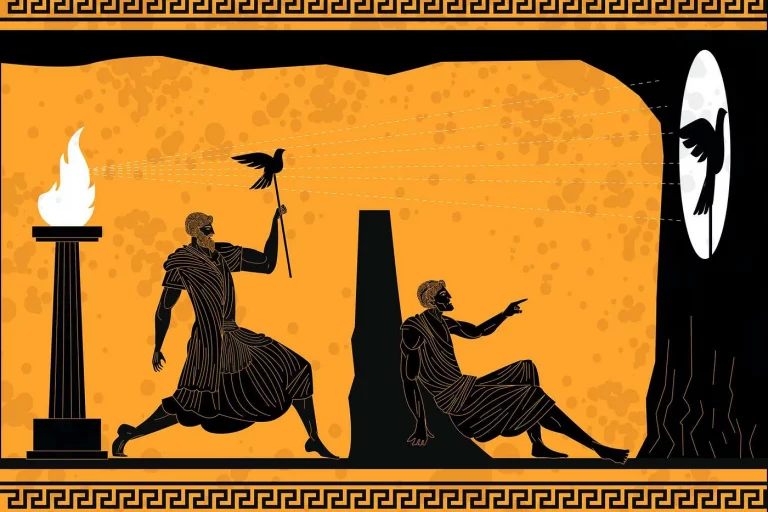A Bauhaus-inspired, human-centered internet of things
In a short opinion piece in The Guardian, Jenny Judge and Julia Powles state that the Bauhaus movement could be a model for a more human-centered internet of things:
“Back in the early 20th century, the Bauhaus movement defined itself with two slogans: first, that form should follow function; and second, that design should be truthful to materials. […]
Screens don’t communicate anything about what they do. They remove us from our surroundings. And not only that, but as we tap and swipe merrily past terms and conditions, our personal information is siphoned off to third parties so invisibly and incomprehensibly that we can easily ignore that it is happening.
But what if we could design objects that utilised the internet in truly smart, differentiated ways, while also communicating their own function? What if we could understand this function intuitively, effortlessly? And what if these objects showed us – actually showed us, through their design features, their data flows and their legally-binding background conditions – how our information is being used, who can access it, where it is going, and why?”



